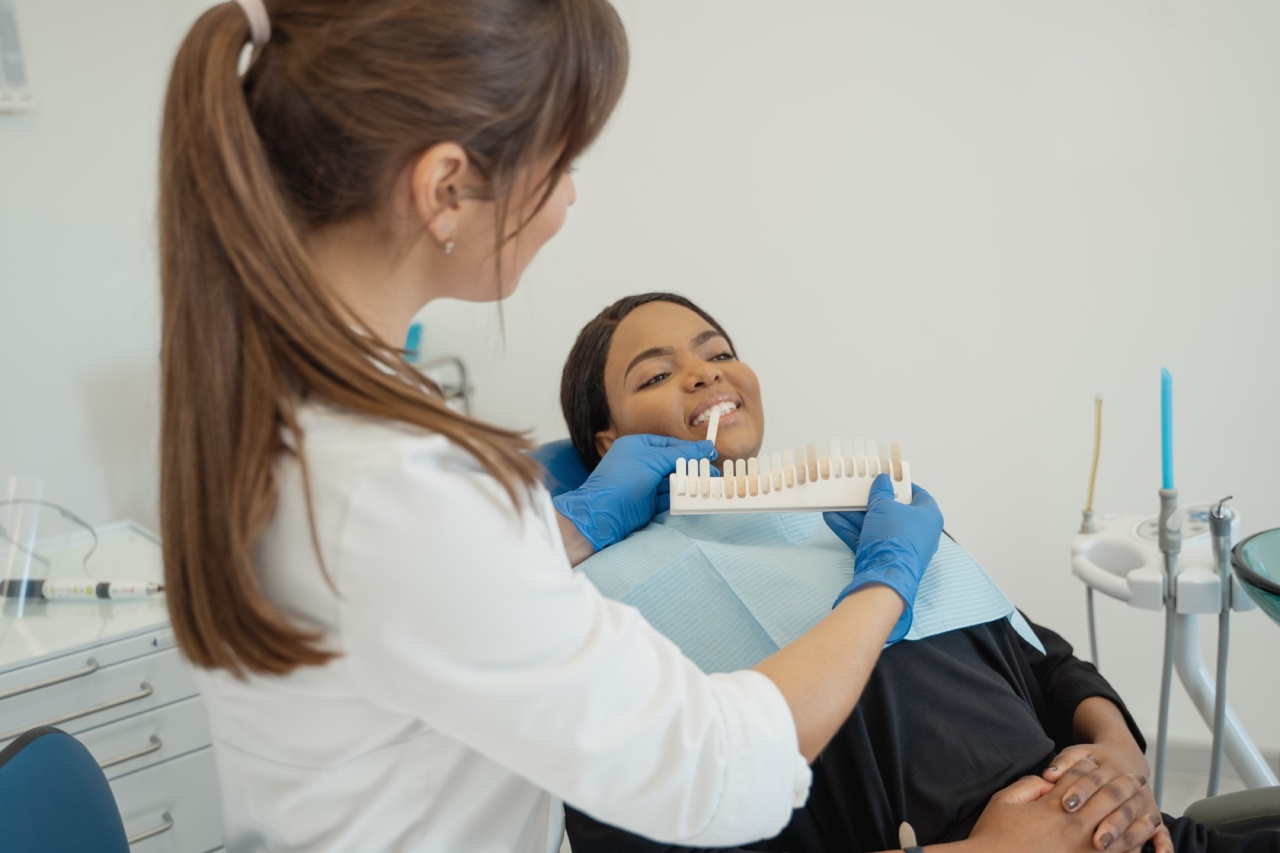Osteoporosis is a condition that weakens bones, making them fragile and more likely to break. It occurs when the body loses too much bone or makes too little bone. As a result, bones become weak and brittle.
Osteoporosis affects millions of people worldwide, and it is particularly common in women who have gone through menopause.
What Causes Osteoporosis?
Osteoporosis is caused by a combination of factors, including genetics, diet, and lifestyle. Some people are genetically predisposed to developing osteoporosis, while others develop the condition as a result of poor diet and lifestyle choices.
Who Is at Risk for Osteoporosis?
Anyone can develop osteoporosis, but some people are at a higher risk than others. The following factors increase the risk of developing osteoporosis:.
- Being female
- Being over the age of 50
- Having a family history of osteoporosis
- Being petite or thin
- Having a sedentary lifestyle
- Smoking cigarettes
- Drinking alcohol in excess
- Having a diet low in calcium and vitamin D
- Having certain medical conditions, such as rheumatoid arthritis
How Is Osteoporosis Diagnosed?
Osteoporosis is usually diagnosed through a bone mineral density test, also known as a DEXA scan.
This test measures the amount of calcium and other minerals in your bones, which can indicate whether you have osteoporosis or are at risk of developing it.
Treating Osteoporosis
Treating osteoporosis involves a combination of medications and lifestyle changes. The following treatments can help slow bone loss and reduce the risk of fractures:.
Medications
There are several medications available to treat osteoporosis, including:.
- Bisphosphonates: These drugs slow down bone loss and can help reduce the risk of fractures.
- Calcitonin: This medication helps regulate calcium levels in the body and can slow down bone loss.
- Estrogen replacement therapy: This treatment can help prevent bone loss in women who have gone through menopause.
- Teriparatide: This medication stimulates bone growth and can be used to treat severe osteoporosis.
Lifestyle Changes
Along with medication, lifestyle changes can help improve bone health and reduce the risk of fractures. These changes include:.
- Getting regular exercise: Weight-bearing exercises, such as walking and jogging, can help strengthen bones.
- Eating a diet rich in calcium and vitamin D: Foods such as milk, cheese, and yogurt are good sources of calcium, while salmon and tuna are good sources of vitamin D.
- Stopping smoking: Smoking can increase the risk of bone loss and fractures.
- Limiting alcohol consumption: Drinking more than two alcoholic drinks per day can increase the risk of bone loss and fractures.
When to See a Doctor
If you are over the age of 50 or have other risk factors for osteoporosis, it is important to talk to your doctor about getting a bone density test.
If you have already been diagnosed with osteoporosis, it is important to follow your doctor’s recommended treatment plan and make the necessary lifestyle changes to improve your bone health.
Conclusion
Osteoporosis is a common condition that can have serious consequences if left untreated.
By getting regular bone density tests, making lifestyle changes, and following your doctor’s recommended treatment plan, you can reduce your risk of fractures and improve your overall bone health.






























